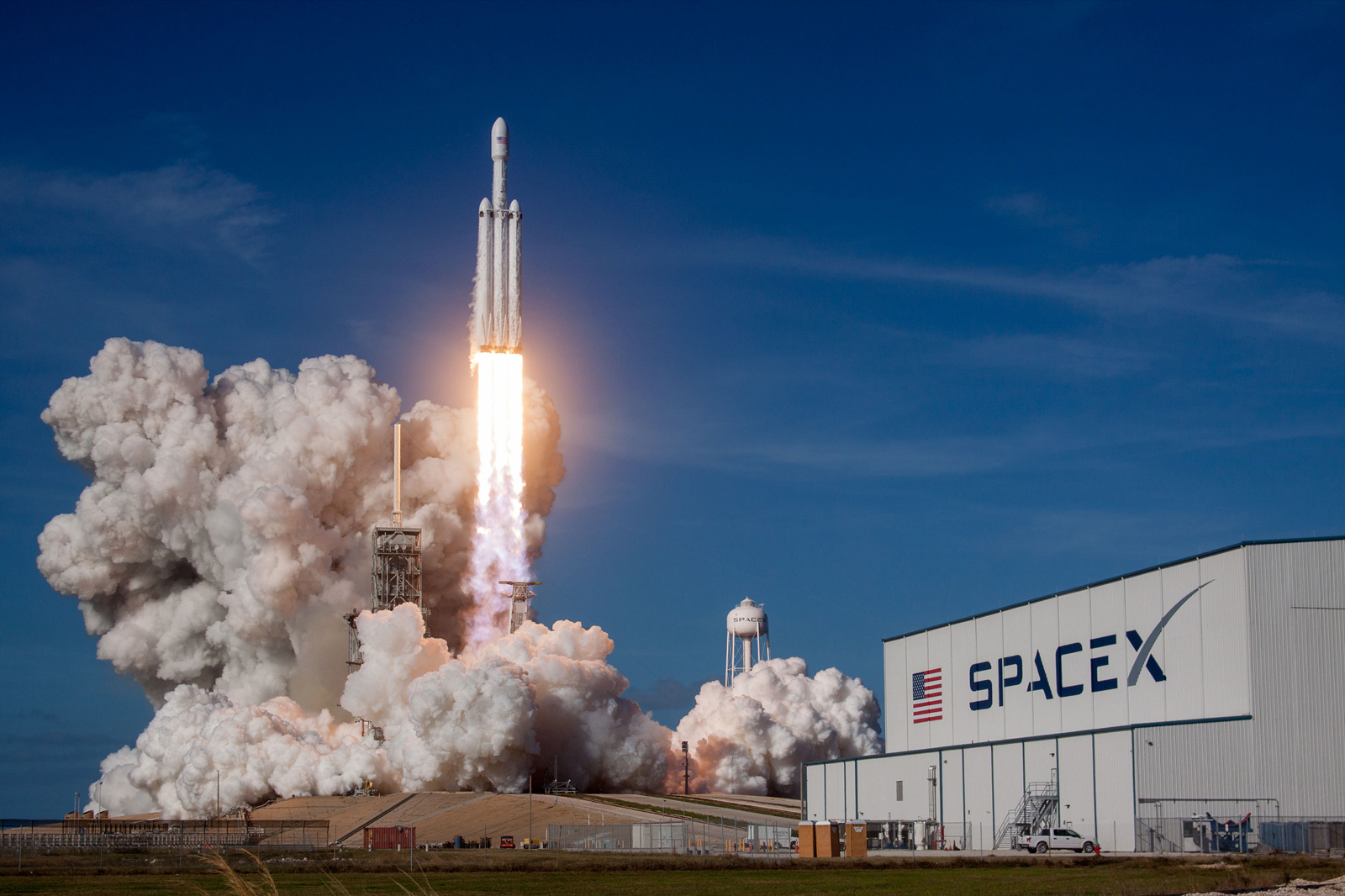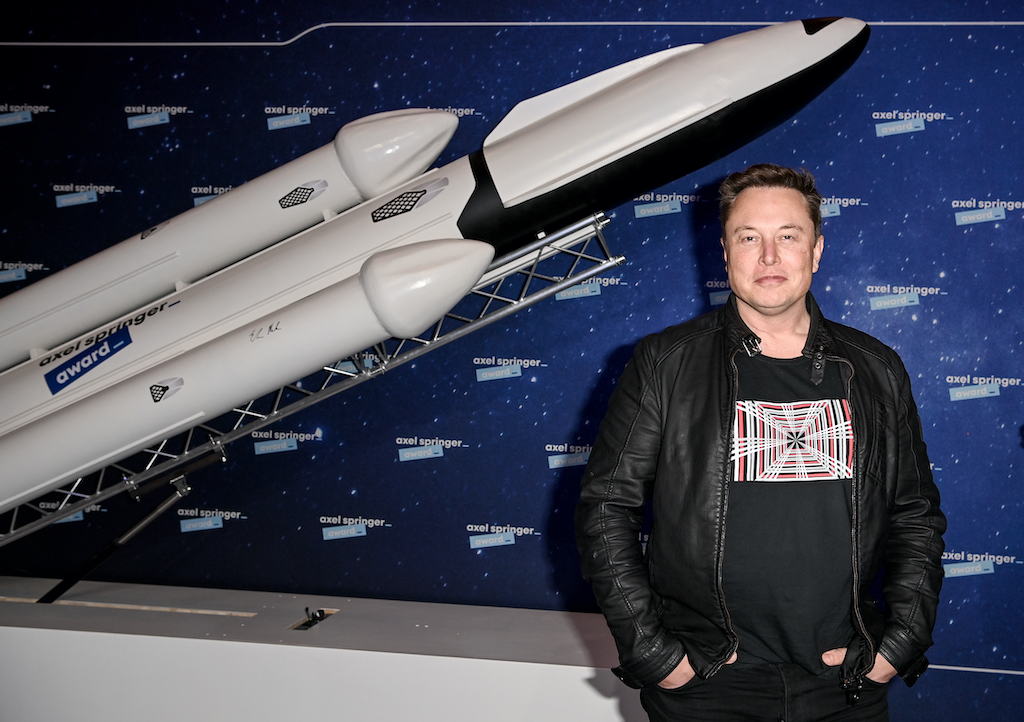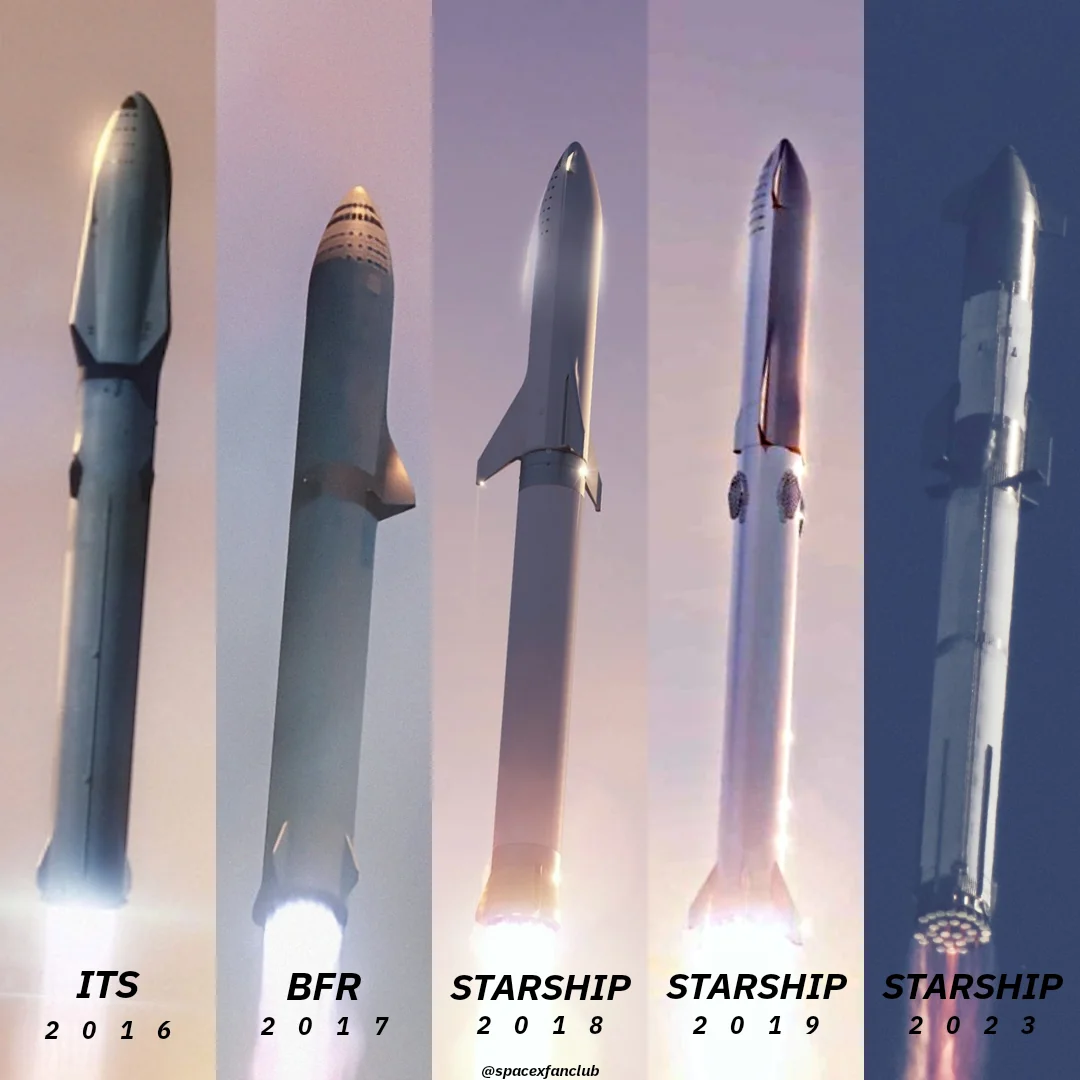SpaceX, the brainchild of Elon Musk, has consistently pushed the boundaries of what humanity can achieve in space exploration. The company's Starship program, which aims to revolutionize interplanetary travel, has garnered worldwide attention. In its quest to make space travel more affordable, sustainable, and frequent, SpaceX has introduced cutting-edge technologies, including the ambitious "Mechazilla," a towering structure designed to catch rockets out of the sky. The Starship program represents a bold step toward Musk’s vision of making humanity a multi-planetary species, with Mars as the ultimate destination. As SpaceX continues to advance this groundbreaking project, the world watches in anticipation, eager to see how the future of space travel will unfold. Follow us here at Secret Tomb Found Under ‘Indiana Jones’ Filming Location in Petra.
SpaceX
Space Exploration Technologies Corp., more commonly known as SpaceX, was founded in 2002 by Elon Musk with a single, audacious goal: to reduce the cost of space travel and eventually enable human colonization of other planets. Over the years, SpaceX has broken countless records, achieving the first privately funded spacecraft to reach orbit, the first private company to send astronauts to the International Space Station (ISS), and the development of reusable rocket technology.

From the start, SpaceX has embraced innovation and taken risks, making space exploration more accessible and reliable than ever before. The company's reusable Falcon rockets have been instrumental in driving down costs, but the real game-changer lies in the Starship program, a fully reusable spacecraft capable of carrying humans and cargo to destinations far beyond Earth’s orbit. This spacecraft, once fully operational, will be a key component in Musk’s vision of establishing a permanent human presence on Mars.
Related: Tesla’s Self-Driving Cybercab and Larger Robovan
Related: Scarlett Johansson’s Style Evolution Is Still Going Strong all Those Years Later
Elon Musk, The Visionary Behind SpaceX
Elon Musk, the CEO and lead designer of SpaceX, is known for his bold ambitions and relentless drive to push the limits of technology. His passion for space exploration is evident in every aspect of SpaceX's operations. Musk has repeatedly expressed his belief that the future of humanity depends on becoming a multi-planetary species, and the Starship program is his most ambitious project yet.

Musk envisions a future where Starship can transport large numbers of people to Mars, enabling the establishment of self-sustaining colonies. While this goal may seem far-fetched to some, Musk’s track record of achieving seemingly impossible feats has earned him a reputation as a visionary who makes the extraordinary possible. His hands-on involvement in the Starship program and his ability to galvanize an entire industry around his dreams have made SpaceX one of the most exciting companies in the world.
The Starship Program
The Starship program is the centerpiece of SpaceX’s long-term plans for space exploration and human settlement on other planets. Starship, a fully reusable spacecraft, is designed to carry both crew and cargo to destinations like the Moon, Mars, and beyond. Standing at an impressive 120 meters when combined with its booster, Super Heavy, Starship will be the largest and most powerful rocket ever built.

Starship’s reusability is central to SpaceX’s strategy of reducing the cost of space travel. By being able to launch, land, and relaunch the same vehicle, SpaceX aims to eliminate the wasteful practice of discarding rockets after each mission, a key factor that has historically made space travel so expensive. The spacecraft is also designed to carry up to 100 passengers, making it ideal for long-term missions to other planets, where large groups of settlers will be needed to establish colonies.
While Starship’s primary goal is interplanetary travel, its versatility allows it to serve other purposes as well. The spacecraft can be used for satellite deployment, space tourism, lunar missions, and even point-to-point travel on Earth, where it could drastically reduce travel times between distant locations. This multi-purpose approach gives SpaceX a competitive edge in the rapidly growing space industry.
What Is 'Mechazilla'?
As part of the Starship program, SpaceX has developed a unique system called "Mechazilla." This futuristic-sounding structure is an integral part of the Starship launch and recovery process. Mechazilla is essentially a massive launch tower outfitted with giant robotic arms designed to catch both the Starship spacecraft and its Super Heavy booster as they return to Earth.

The idea behind Mechazilla is to eliminate the need for landing legs on Starship and Super Heavy. Instead of having the spacecraft land on the ground, where there is a risk of damaging the vehicle, Mechazilla will catch the spacecraft mid-air, reducing wear and tear and allowing for a quicker turnaround between launches. This innovation is expected to significantly increase the frequency of launches, as it simplifies the recovery and refurbishment process.
How Mechazilla Works
Mechazilla’s design is as bold as it is practical. The towering structure is equipped with two giant arms that extend outwards to catch the descending spacecraft. As Starship or the Super Heavy booster approaches Earth after a mission, Mechazilla’s arms move into position to catch the rocket around its midsection. The process requires pinpoint precision, as the rocket will be moving at incredible speeds as it re-enters the atmosphere.
Once caught by Mechazilla, the spacecraft is secured and can be immediately prepared for its next mission. This method bypasses the need for landing zones and extensive recovery operations, further streamlining SpaceX's launch cadence. Mechazilla’s ability to safely catch rockets will be critical in achieving the rapid reusability that is key to Starship's success.
Why Mechazilla Is Important for SpaceX
Mechazilla represents a crucial innovation for SpaceX as it moves toward its long-term goals. By catching the Starship spacecraft and its booster, SpaceX can avoid the delays and expenses associated with traditional landing and recovery methods. This advancement is essential for achieving rapid turnaround times, which are necessary if SpaceX is to meet its ambitious goal of launching Starship on frequent missions to the Moon, Mars, and beyond.
Moreover, Mechazilla enhances the reusability of SpaceX's rockets, further driving down the cost of each launch. Reusability has been a cornerstone of SpaceX’s success with the Falcon rockets, and Mechazilla takes this concept to the next level by eliminating the need for heavy landing gear and minimizing the damage caused by landings. The faster SpaceX can reuse its rockets, the more efficient the entire Starship program becomes, making space travel more accessible to governments, private companies, and even individuals.
The Race to Mars
As SpaceX continues to advance its Starship program, the race to Mars has become more competitive than ever. Other space agencies and private companies are developing their technologies to explore and potentially settle on the Red Planet, but SpaceX remains at the forefront of this movement. The company’s progress with Starship and Mechazilla demonstrates its commitment to being the first to land humans on Mars and establish a permanent presence there.
In addition to its Mars ambitions, SpaceX is also eyeing lunar missions. NASA has already selected Starship as part of its Artemis program, which aims to return humans to the Moon by 2025. These lunar missions will serve as a proving ground for the technologies that will later be used for Mars colonization, further accelerating SpaceX’s timeline.